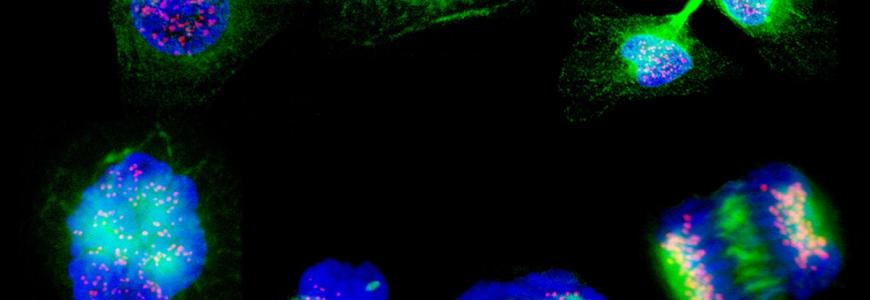Leaving It Up to Chance: How Cells Make Decisions
Contemporary Science Issues and Innovations
March 18, 2014 Belmont Media Center, Belmont MA
Jané Kondev, PhD, Professor and Chair, Department of Physics; and HHMI Professor (2014) Brandeis University
Kondev Group
Living cells make decisions all the time about where to go, what to eat, when to divide, and what to become. These decisions are made using protein and DNA molecules which are found in all cells. As first described by Brown and then explained by Einstein more than a hundred years ago, small particles in water undergo random motion due to numerous collisions with water molecules that surround them. This "Brownian motion" of proteins and DNA inside a cell can ultimately result in the decisions being made by a cell to be random. For example, two cells that are genetically identical and placed in the same environment may end up behaving in radically different ways.

In this presentation Dr. Kondev describes the latest findings regarding the random nature of cellular decision making and how this randomness forces us to reexamine the most basic ideas about "what is life." These findings are also shedding new light on important health related problems like bacterial infections and cancer that affect us all.
Meet Professor Kondev
Physical Biology of the Cell, (2nd edition) by Rob Phillips, Jané Kondev, Juliet Theriot, Hernan Garcia (Garland Science, 2012)
publisher site: supplements, including videos, graphics, data

